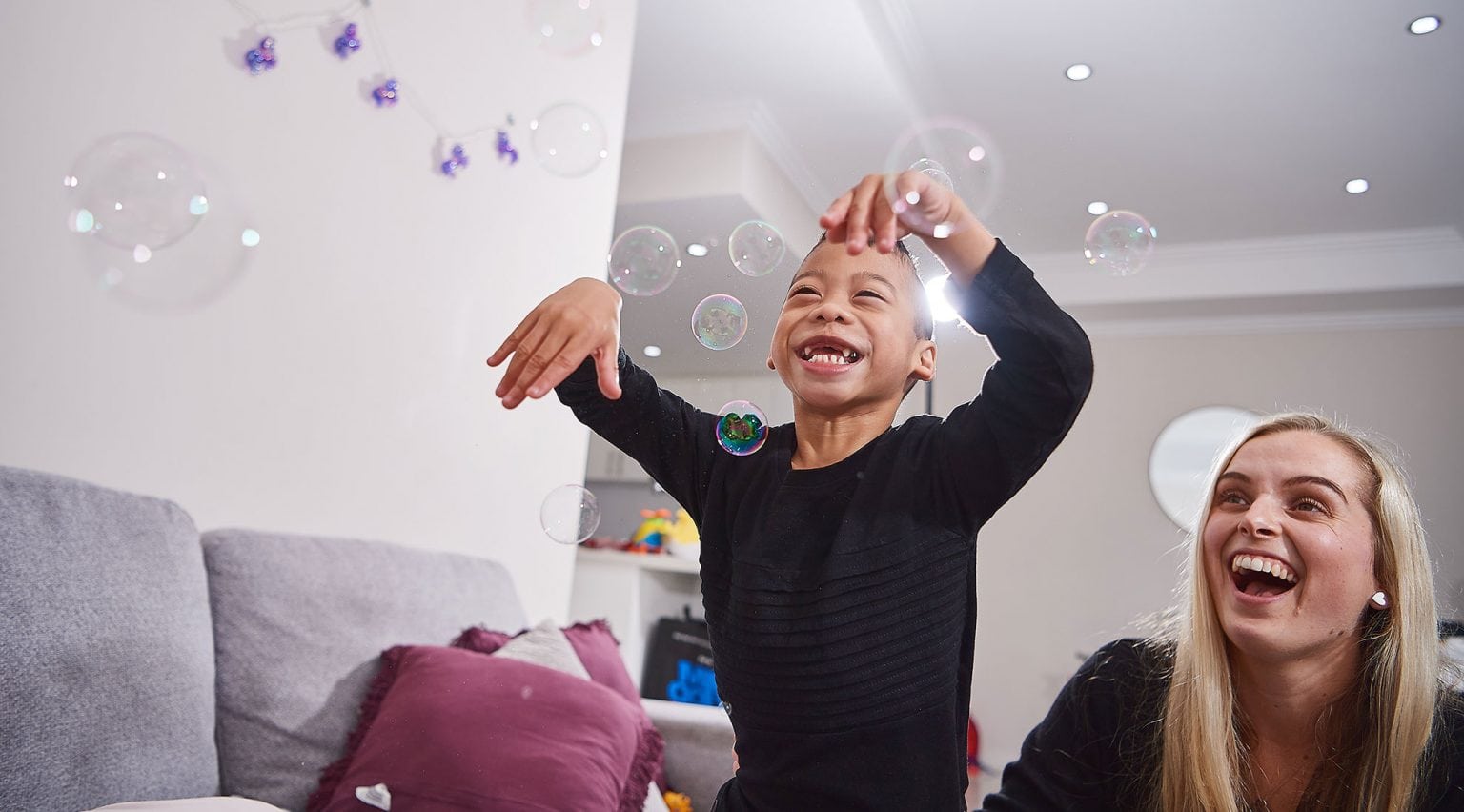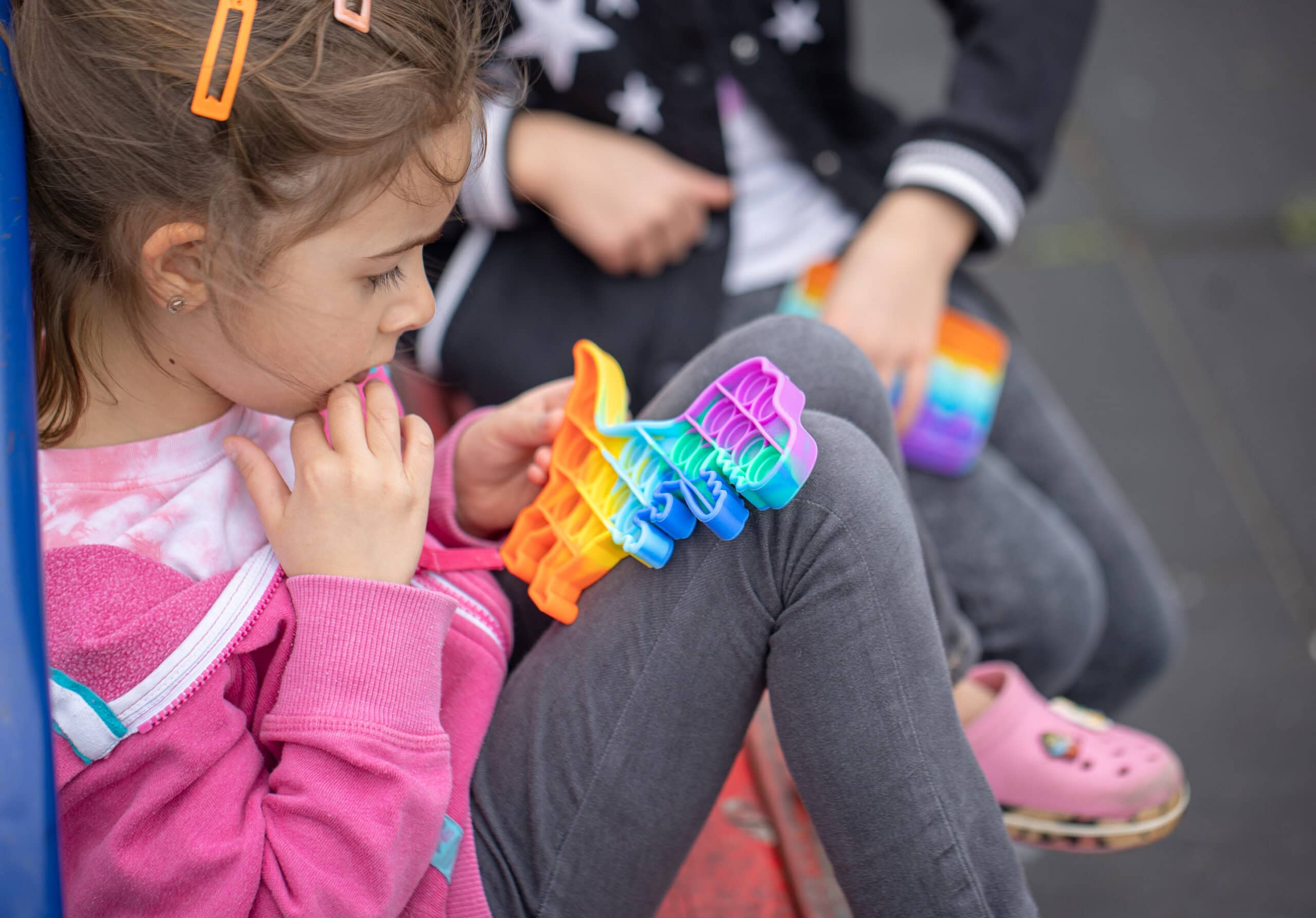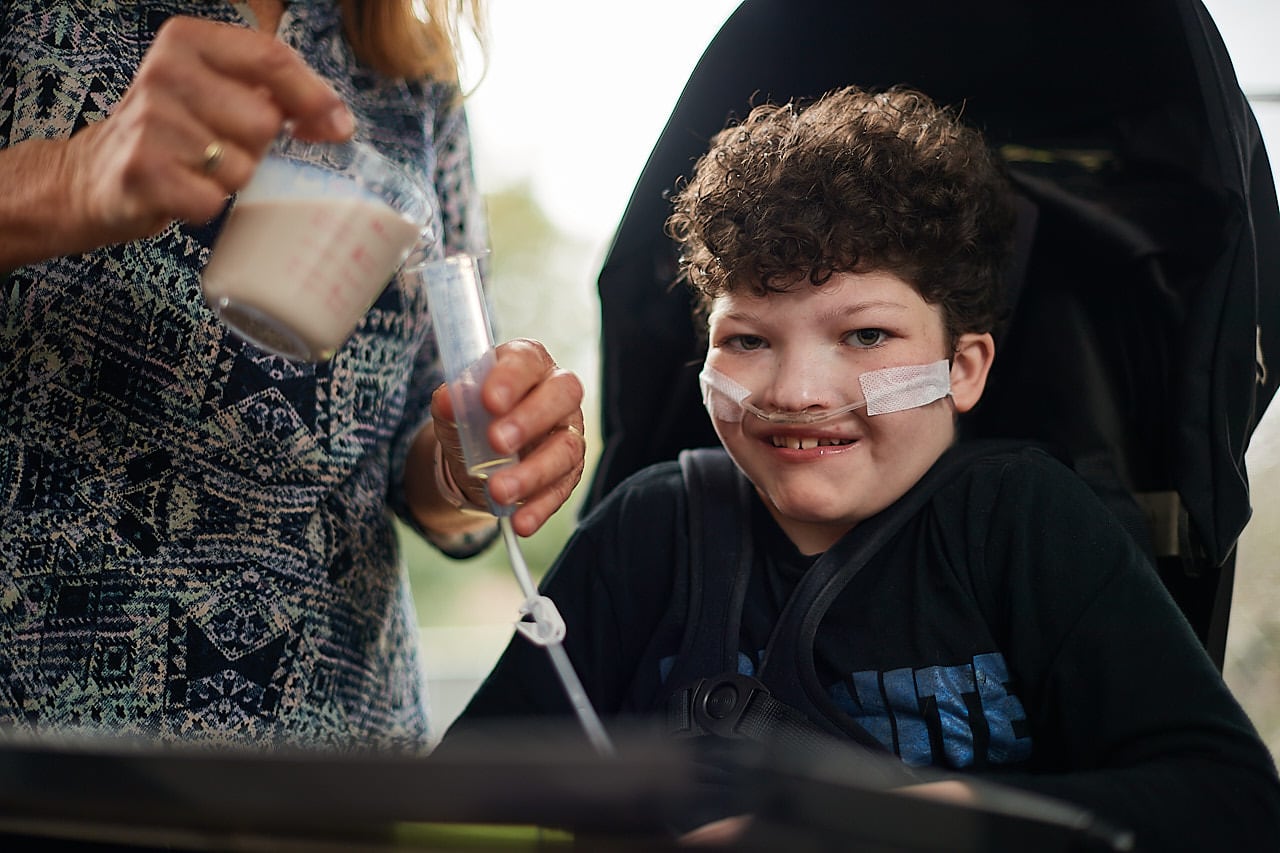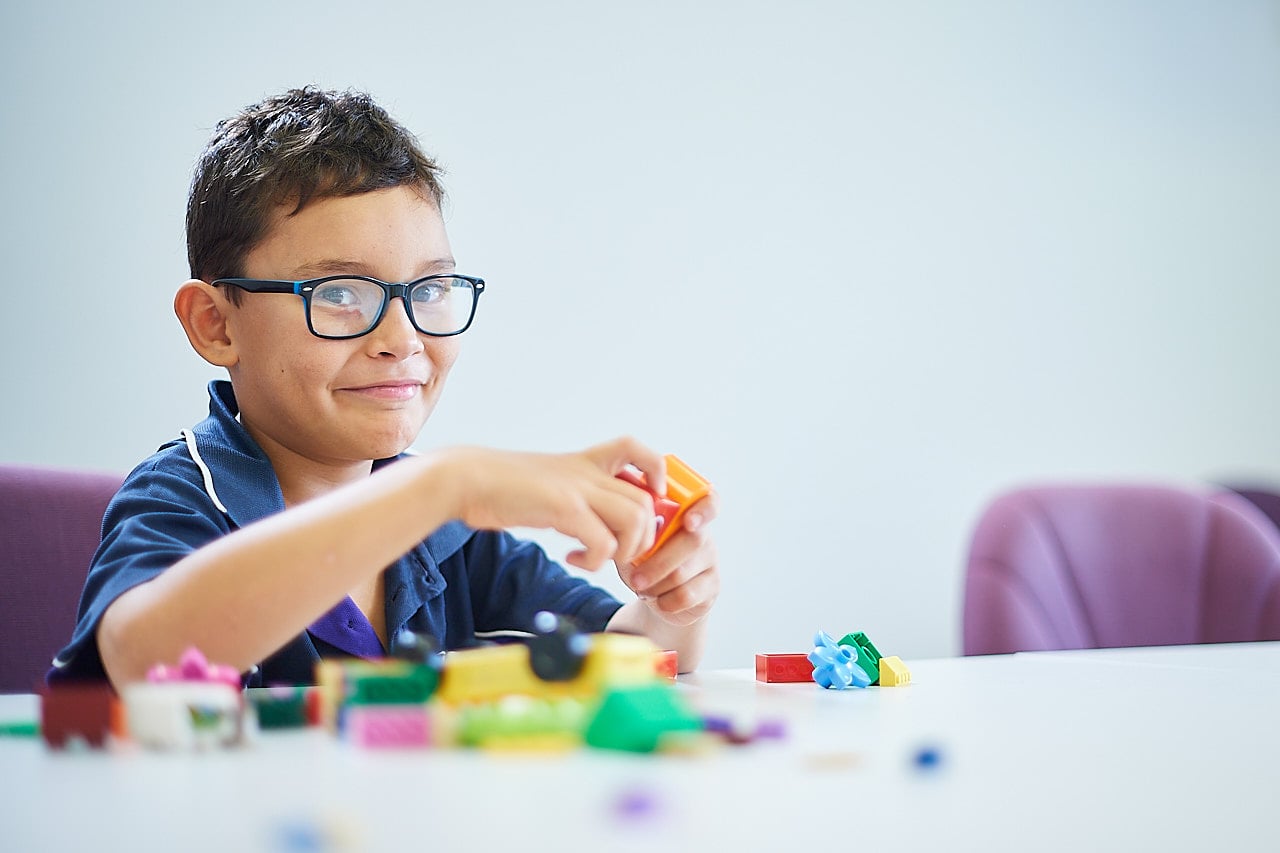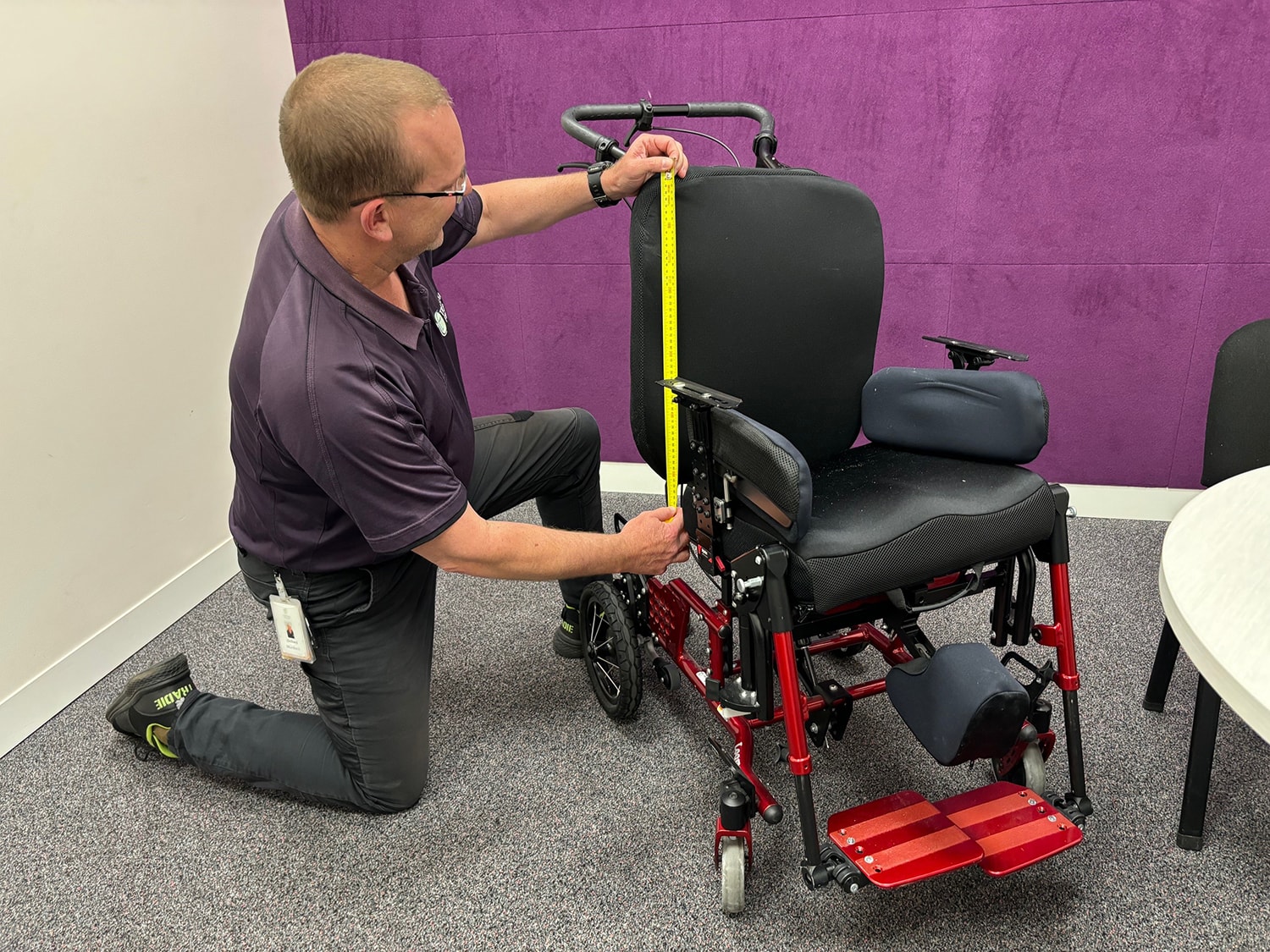Stimming is more than just a habit for kids with Autism
Rocking back and forth, twirling a pen or unconsciously shaking your leg when you’re bored or nervous – these are all signs of stimming. Stimming is short for self-stimulating behaviours, also known as repetitive body movements, sounds or actions that help an individual regulate their emotions and cope with overwhelming situations.
Whether you’re a parent, educator, or therapist, understanding stimming can help create a more inclusive and supportive world for Autistic individuals. Do you know the difference between helpful and harmful stimming, and when to intervene?
Understanding stimming for Autistic children and teenagers
At times, you may notice yourself engaging in certain repetitive movements or behaviours. However, it is more noticeable in Autistic children and teenagers because they experience the world differently. Their senses can be more heightened, making sounds, lights, textures, and emotions feel more intense. For example, an Autistic child might jump up and down or flap their hands when they see something exciting as a way to process their emotions and sensory input.
Stimming is sometimes misunderstood as a “bad habit,” but it is a natural and important way for Autistic individuals to navigate their surroundings. Many people on the Autism spectrum engage in stimming as part of their daily routine. However, self-stimulatory behaviour is not exclusive to Autism – it can be seen in neurotypical individuals as well, such as tapping a foot or twirling hair.
People stim for different reasons. It may help them regulate overwhelming sensory input – to “keep it together,” manage emotions, or simply provide comfort. Some people may also stim because they have a high sensory threshold, meaning they need more input than others to process sensory information. In some cases, stimming can also be linked to differences in brain function that affect sensory processing and self-regulation. Understanding why stimming occurs is key to providing the right support while respecting an individual’s needs.
Examples and signs of stimming
Stimming can appear in various ways, but some common forms seen in Autistic children include:
- Hand flapping, rocking, spinning
- Repetitive speech or sounds (echolalia)
- Flicking fingers, tapping objects, pacing
- Focusing on lights, patterns, or textures
- Biting, chewing, or head-banging
More on potential stimming behaviours: The Stim List.txt – Notepad
The changing nature of stimming
Stimming can evolve over time. While infants and young children often engage in self-stimulatory behaviours, these actions may change as they grow, developing into different forms of movement or expression. For some Autistic individuals, stimming remains consistent, while for others, it may shift to new behaviours that better meet their sensory needs as they age.
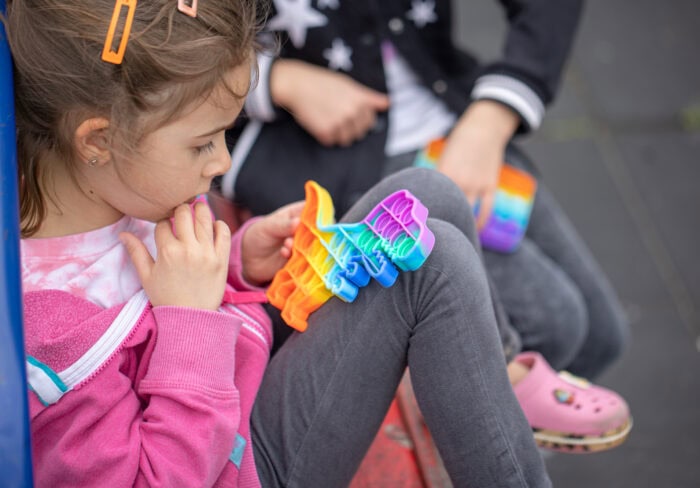
When can stimming become a concern?
Stimming can have both positive and challenging effects on daily life, sometimes impacting learning and social interactions. For example, if a child is absorbed in a repetitive movement, they might struggle to engage with a lesson. In social settings, noticeable stimming behaviours may lead to misunderstandings or make it harder for a child to connect with peers, leading to stigma or unwanted attention.
If a child feels self-conscious, parents and teachers can help by educating others about stimming, encouraging acceptance, and offering alternative strategies. Rather than stopping stimming, the focus should be on ensuring it remains safe. With the right support, children can still use stimming to effectively manage their emotions.
When stimming can hurt your child or other people, like head-banging or excessive biting, parents, teachers and caregivers can:
- Identify triggers and adjust the environment to reduce distress.
- Offer safer alternatives, like sensory toys or weighted blankets.
Seek guidance from professionals, such as occupational therapists for tailored strategies.
Where to get help
If you’re concerned about how stimming is affecting your child’s learning or social interactions, you’re in the right place! We’re here to provide support and help develop effective self-regulation strategies.
Therapy Focus’ multidisciplinary team are ready to support your therapy journey. We offer specialised services designed to help children and families navigate challenges related to stimming and manage behaviours of concern.
Find a clinic near you to get started on personalised support tailored to your child’s needs.
Positive Behaviour Support Services
Our Positive Behaviour Support service assists individuals and families in understanding and managing behaviours of concern, ensuring stimming remains safe and functional.




